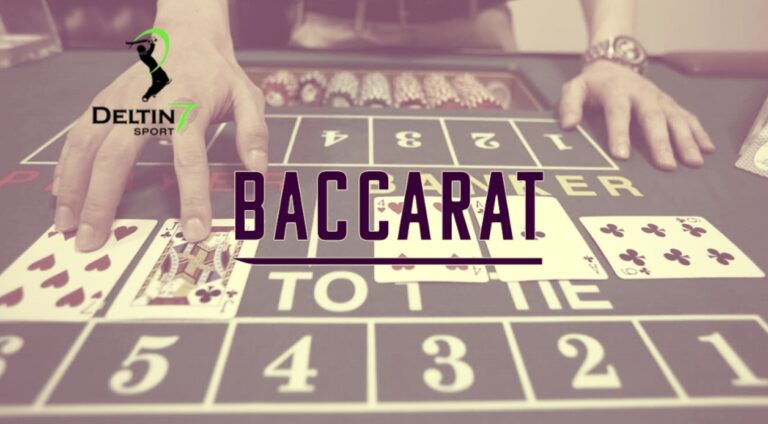Baccarat may seem intimidating at first, but it’s a simple card game with only three possible outcomes per hand. Similar to Blackjack, baccarat uses three to six standard 52-card decks that are shuffled and placed in a dealing machine called the shoe. The croupier handles dealing the cards, while players place their bets on the Player hand, Bank hand, or tie bet.
The goal of the game is to guess which hand has a count as close to 9 as possible. Cards 2 through 9 hold their face values, while Tens, Face cards (J, Q, and K), and Aces have values of 0 and 1, respectively. The sum of the two cards determines the hand’s worth, with any hand exceeding 9 being adjusted by deducting 10 or dropping the first digit.
Each hand can hold up to three cards, and there are rules on whether the Player or Banker will receive a third card. Typically, a Player must stand when the count is 6 or 7. A third card is drawn when the Player hand is worth less than 5, and the Player can choose to stand or draw a third card if the count is exactly 5. The Banker receives a third card if their count is less than 3 or as stipulated by the odds. The Banker must stand at any count of 6 or higher, but may stand or draw a third card in specific situations.

The Banker is a well-known betting strategy in baccarat and is often touted as the safest and simplest way to play. The reason for this is based on pure math.
The theoretical house edge for betting on the Banker is only 1.06 percent, and the return to player (RTP) or payout percentage is a remarkable 98.94 percent. This means that if you were to make 100 $1 bets on the Bank hand, you would expect to receive $98.94 back. However, it’s important to keep in mind that this is only a theoretical metric and doesn’t guarantee any specific outcomes.
Compared to a Player hand wager, which has an RTP of 98.76 percent, a Bank hand bet is slightly more favorable. In contrast, a tie bet is much worse due to its relatively low RTP of 85.64 percent.
Assuming the casino is using eight standard 52-card decks, with Tie bets paying 8:1, Banker bets paying evens minus 5 percent commission, and a 1:1 payoff for Player bets, the math says that the Player hand loses 45.87 percent, wins 44.63 percent, and ties 9.51 percent. On the other hand, the Bank hand loses 44.65 percent, wins 45.87 percent, and ties 9.51 percent.
If we remove all hands that tie from the equation, the Bank hand loses 49.32 percent of the hands, while it wins 50.68 percent. Conversely, 50.68 percent of Player hands lose, while 49.32 percent win.
Based on this mathematical background, it’s clear that Bank hand bets are more likely to win than lose, while Player hands lose more frequently than they win. To offset this, there’s a 5 percent commission on all winning Banker bets.
Even with the 5 percent charge and ignoring hands that tie, the Banker hand still has a very favorable house advantage of 1.17 percent. This means that every $100 worth of Banker bets will result in a theoretical loss of $1.17, while similar Player hand wagers will result in a loss of $1.36.
In summary, the numbers speak for themselves: you’re more likely to win if you place your bets on the Banker. However, it’s worth noting that betting solely on the Player also has a low house edge of 1.36 percent and can be a viable strategy as well.









